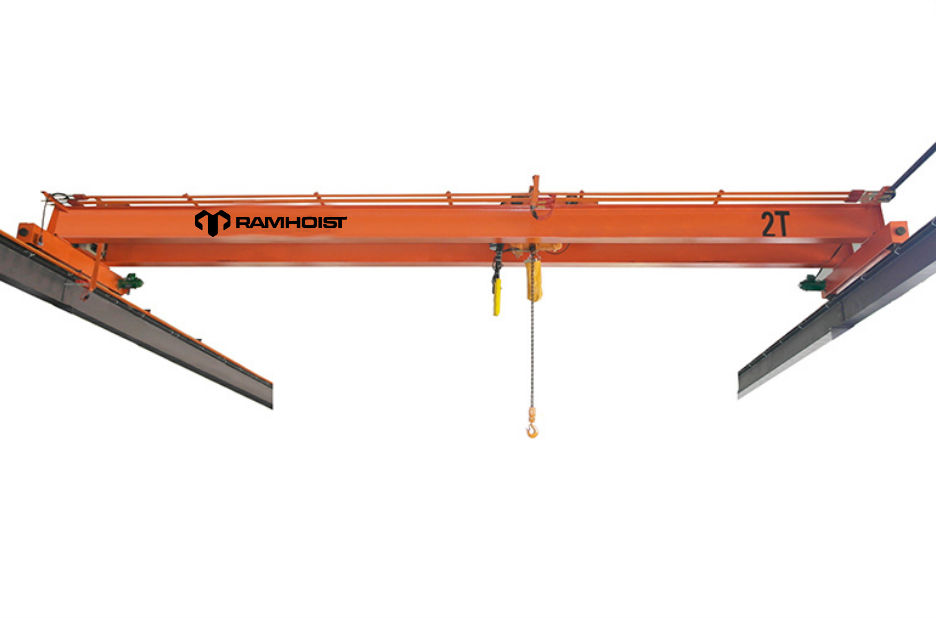
Service category description of duty ratio definition for crane
Keyword:crane Time:2018-11-29 13:56:36
Description of duty ratio definition for crane
From a class of "A" - standby service to the class "F" - continuous task, CMAA has built a duty cycle rating system. These grades are mainly used to measure the workload of crane. It includes two factors.
1. Full load lift rate of crane
2. Start / hours of crane
The American crane manufacturers Association defines the following categories of service description and duty cycle for cranes.
Class A
Characterization: standby or service is not frequent
Definition of responsibility: installing and maintaining crane S is the main function. Normally, this device runs at a low speed and can accurately handle the length of idle time between elevators. Sometimes, it can provide the greatest ability to lift.
Class B
Characterization: Light Service
Definition of responsibility: The main areas of work are repair shops, light assembly operations, service buildings and light warehouses. The demand for service is light and slow. In addition to occasional full load, its load is generally unchanged. The lifts range from 2 to 10 feet per hour.
Class C
Characterization: Moderate Service
Definition of responsibility: In quantity, most cranes in cranes are built in quantity to meet the requirements of class C service. This service is mainly used in machine shop or paper mill room. Lifting cranes in this type of service, the average rated load treatment is about 50% of the load, an average of 5 to 10 lengths per hour for 15 feet of lift. Generally, if cranes are maintained at rated capacity, the load should not exceed 50%.
Class D
Characterization: Heavy Service
Definition of responsibility: The crane is used mainly for heavy machinery workshops, foundries, manufacturing plants, steel warehouses, container yards and wood Mills, and standard task barrels and magnets will also require such heavy production machines. During the work of this type of service, it is necessary to constantly handle 50% of the load close to the rated capacity. High speed is required for this type of service. The elevator speeds up to 10 to 20 hourly, with an average capacity of 15 feet and less than 65% at the rated capacity.
Class E
Characterization: Severe Service
Definition of responsibility: As a lifting crane that needs to be able to handle the load near the rated capacity within its life span, the upper deck bridge and the Longmen multi beam electric bridge crane S need to be equipped with this kind of service. In the waste field magnet, shovel, magnet / barrel combination crane S, cement Mills, wood Mills, fertilizer plant, and various containers can be used in the upper, the average of the nominal capacity around an average of about 20 or more lifts per hour.
Class F
Characterization: Continuous Severe Service
Definition of responsibility: Custom designed cranes can be used in this service, and its existence is critical when executing the key tasks of the total production facility. It is necessary to provide the most reliable crane to make the machine easy to maintain.
If you want to know more about the crane hoisting cycle. You can contact RAMHOIST.


- No information
-
1. Design objective of electronic crane scale network management. (1) Adopt advanced distributed data processing techno…
-
Electronic crane scale bearing platform installation to focus Electronic crane scale can be installed generally on the li…


